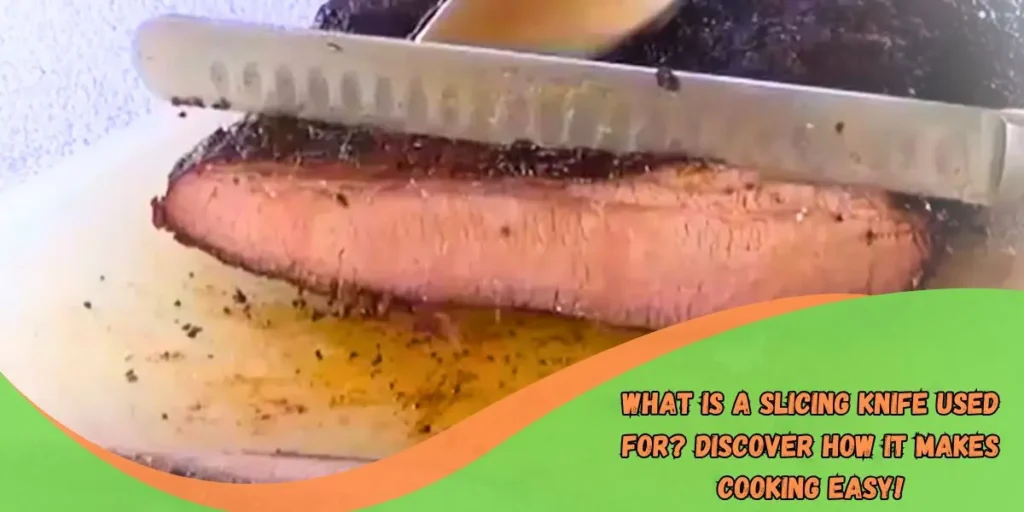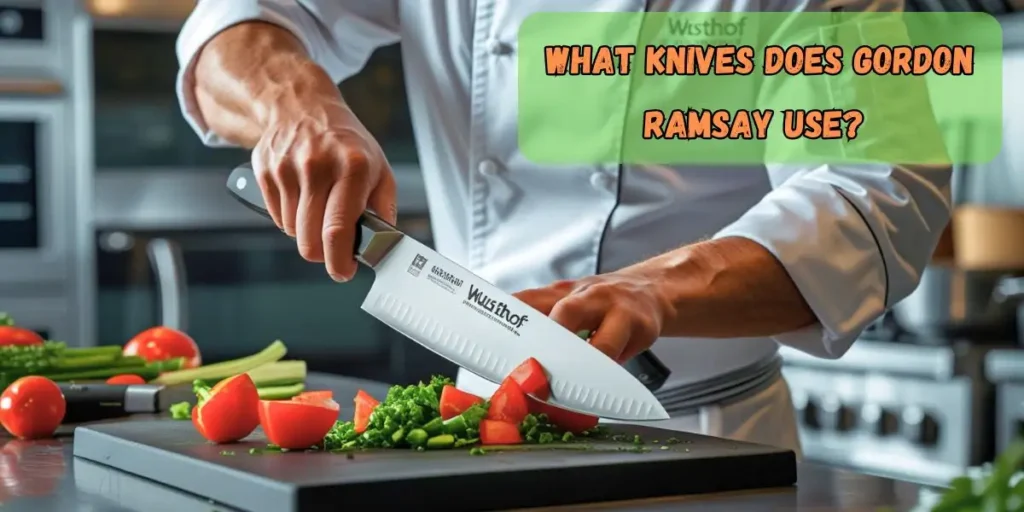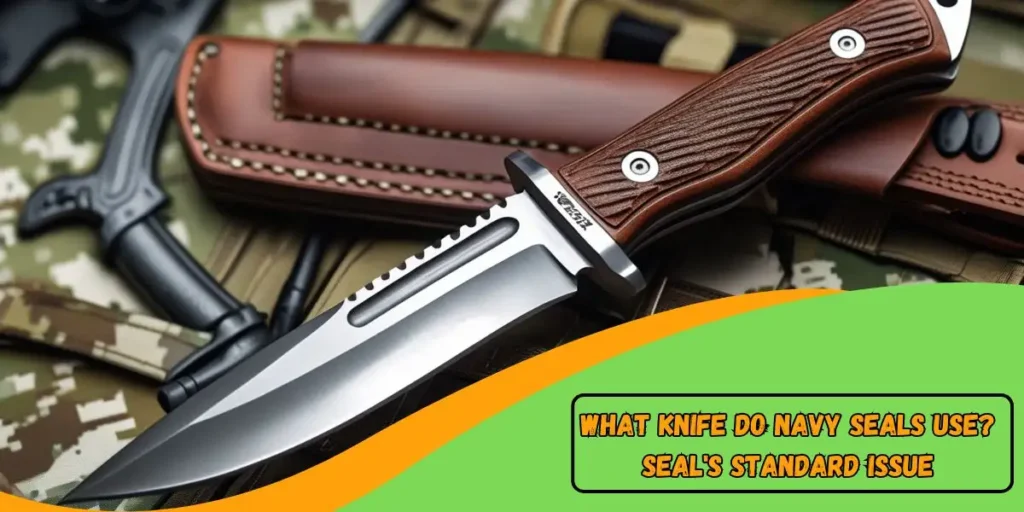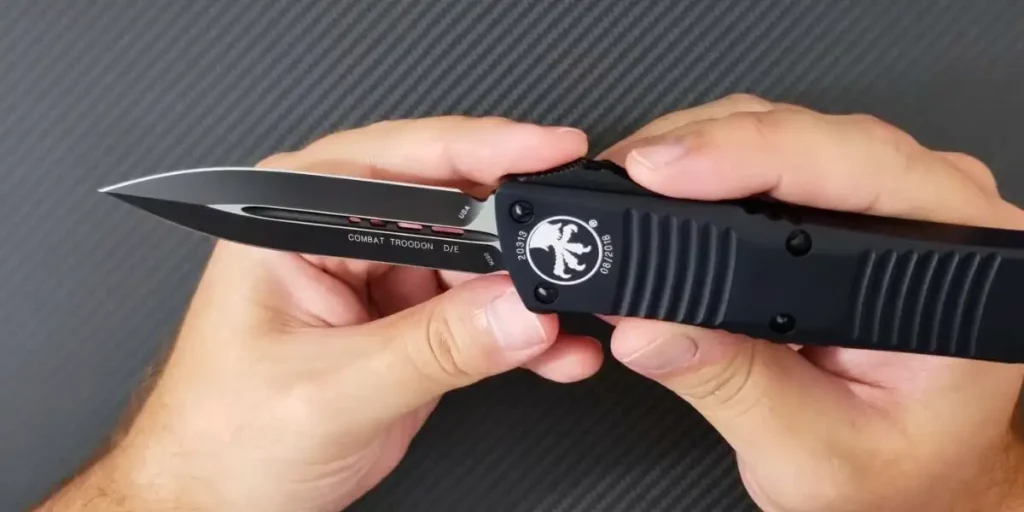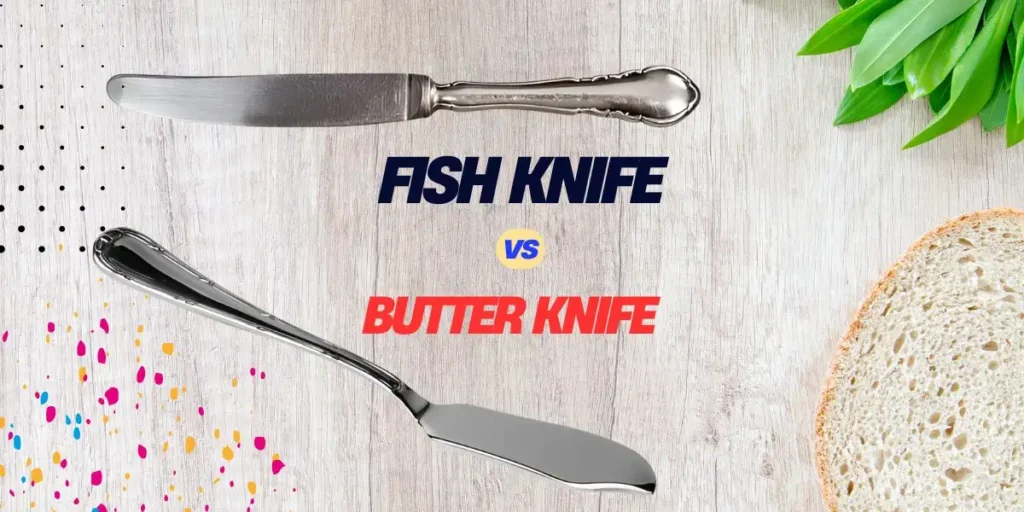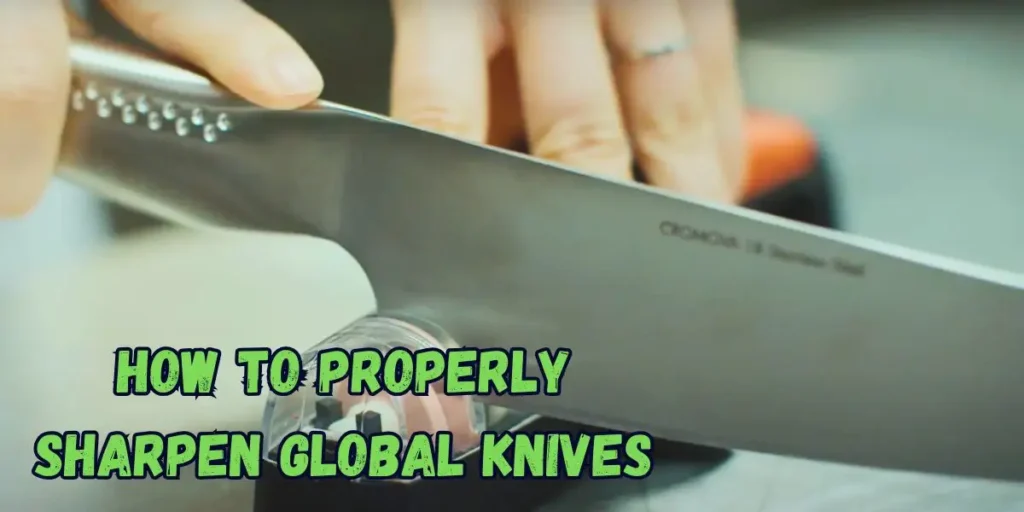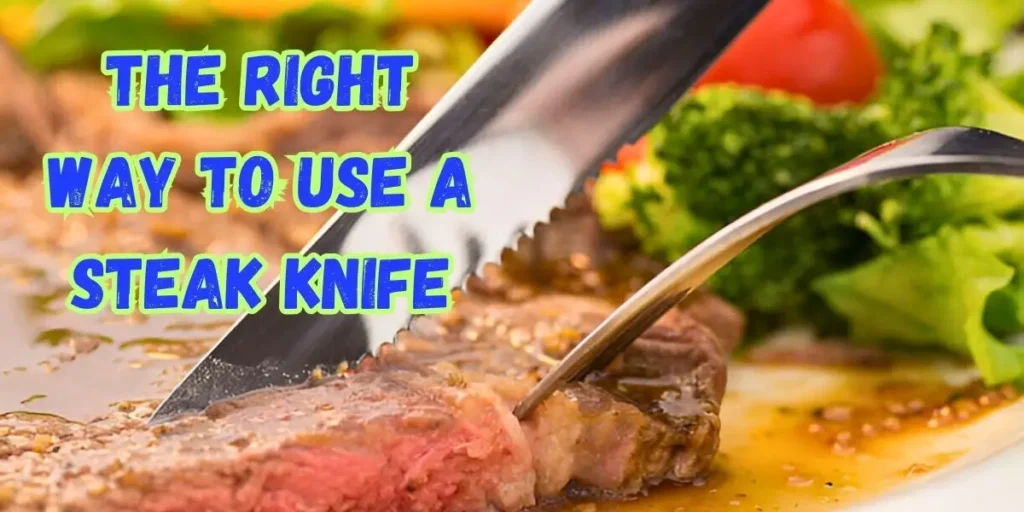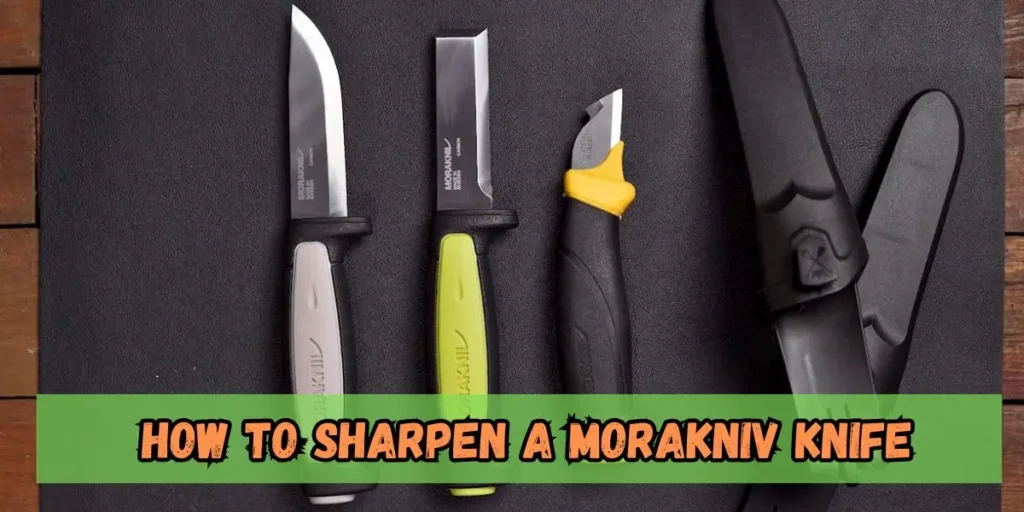How to Sharpen Global Knife: A Quick Guide 2025
If you want to know how to sharpen Global knife, you’re in the right place. A sharp knife is key for smooth, easy cuts in the kitchen. Global knives are known for their sharp edges and high quality, but they need care to keep them working well.
Learning the best knife sharpening techniques is the first step. Using the right tools will help keep your blade in shape. Whether you’re looking for the best sharpening stones or need to know the correct Global knife angle, we’ve got you covered.
Global knife maintenance also means using a knife honing steel to keep your knife sharp between sharpenings. Proper Global chef knife care will ensure your knife lasts longer and stays sharp. Don’t worry if you’re new to knife sharpening. We’ll guide you through each step, from simple tips to professional knife sharpening advice.
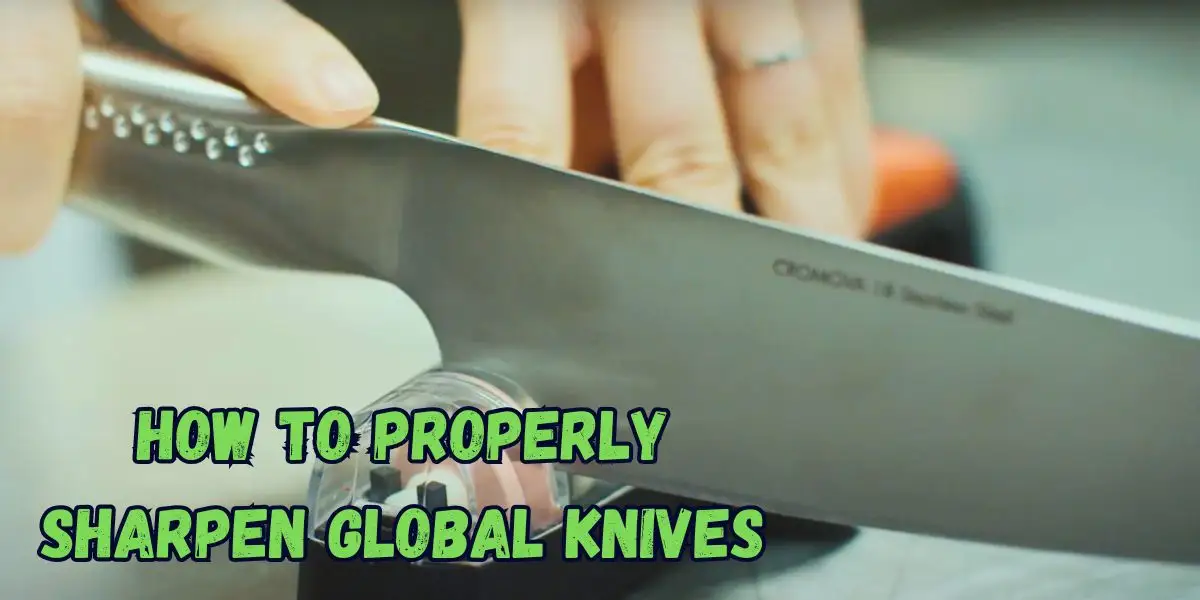
Tools You’ll Need for Sharpening a Global Knife
Sharpening a Global knife requires the right tools to get the best results. Here’s a look at the essential tools to keep your knives sharp and ready for use.
Sharpening Stone (Whetstone)
A sharpening stone is the primary tool for sharpening Global knives. Whetstones come in different grits, which indicate how fine or coarse the stone is. For general sharpening, a stone with a grit between 1000 and 3000 is ideal. A 1000-grit stone is perfect for everyday sharpening, while a 3000-grit stone is excellent for fine-tuning the edge.
Knife Sharpening Rod
A knife sharpening rod is optional but can be very helpful for quick touch-ups between sharpening. This tool helps maintain the knife’s edge by realigning the blade, especially after regular use. While it won’t replace the sharpening stone, it helps keep your knife sharp for extended periods.
Honing Steel
Honing steel is another tool to consider. Unlike a sharpening stone, honing steel doesn’t remove metal from the blade. Instead, it straightens the edge, making it more effective. Honing your knife before sharpening helps maintain its sharpness and ensures you get a clean cut every time.
Angle Guide (Optional)
An angle guide is optional but helpful for beginners. It helps you maintain the correct sharpening angle, typically around 15 degrees for Global knives. Using an angle guide ensures a consistent edge and better sharpening results.
Step-by-Step Guide to Sharpening a Global Knife
Sharpening your Global knife at home is not a daunting task. Following these simple steps, you can keep your knife in top shape and feel empowered and capable. Let’s review each step.
Step 1: Setting Up Your Workspace
Before you begin, make sure your workspace is clean and organized. Lay a towel or non-slip mat on the surface to keep everything steady. This will help prevent the knife from slipping during sharpening. Ensure you have all the necessary tools, including a sharpening stone, water, and a knife. A clean surface will give you more control and make the sharpening process more manageable.
Step 2: Understanding the Correct Angle
The most crucial part of sharpening is maintaining the correct angle. Global Knives recommends a precise angle between 15° and 20 °. This precision ensures a sharp, durable edge. You can either hold the knife at this angle by eye or use a guide for more accuracy. The angle is the key to sharpening the knife without causing any damage, emphasizing the care and precision required.
Step 3: Wetting the Sharpening Stone
Before you start sharpening, wet the sharpening stone with some water. This helps to prevent the stone from overheating and reduces the metal wear on the blade. It also creates a slurry that makes sharpening smoother. You can dip the stone in water or splash some water on it. This simple step helps protect both the knife and the sharpening stone.
Step 4: Sharpening Process
First Pass (Coarse Grit)
Start with the coarse side of the stone. This side helps remove nicks, chips, or dullness from the edge. Hold the knife at the correct angle and gently stroke the stone. Use steady, even pressure as you move the blade across the stone. Repeat this process on both sides of the blade.
Second Pass (Fine Grit)
After using the coarse side, flip the stone to the fine-grit side. This will refine the edge, giving it a smoother, sharper finish. Again, keep the angle steady and continue making strokes along the length of the blade. This will remove the rough edges from the first pass and prepare the knife.
Use of Honing Steel in Between
Once your knife is sharp, it’s a good idea to use honing steel after each use. Realigning the blade will maintain its sharpness and prevent the edge from quickly dulling.
Related: How to Sharpen Titanium-Coated Knife
How to Sharpen a Knife With a Stone for Beginners
Maintaining Your Global Knife After Sharpening
Now that your Global knife is sharp, taking good care of it is essential. Proper maintenance will keep your knife in top condition for longer. Here’s how to do it.
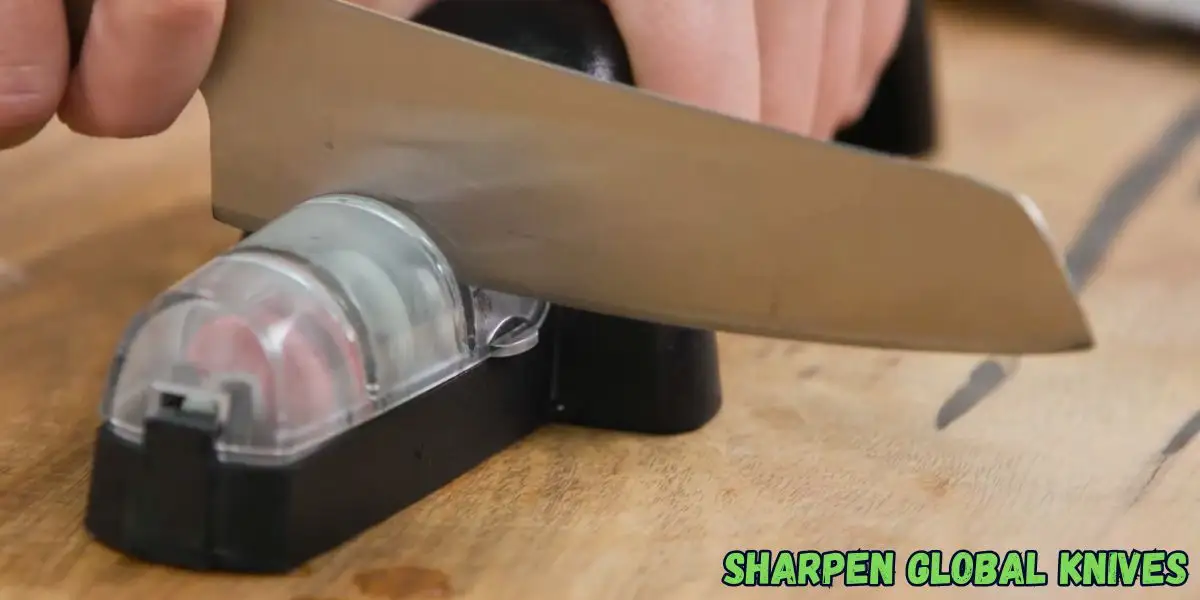
Proper Knife Storage
Proper knife storage is key. Avoid keeping your knife loose in a drawer. Instead, use a knife block or a magnetic strip. Both options protect the blade and prevent it from becoming dull. A knife block holds each knife separately, keeping the blades safe from damage. A magnetic strip lets you store the knife in an easy-to-access position while protecting the edge.
Honing Your Knife Regularly
Honing is different from sharpening. Sharpening reshapes the blade, while honing helps keep it straight. You don’t need to sharpen your knife daily, but regular honing helps maintain the edge. Use a honing steel to gently run the blade along it a few times before use. This will keep the blade straight and prevent minor nicks from becoming big problems.
Tips for Maintaining Sharpness
Avoid cutting hard surfaces like bones or frozen foods to keep your knife sharp for longer. Cutting on soft surfaces, like a wooden or plastic cutting board, will preserve the sharpness. Also, regular touch-ups with a sharpening stone or honing steel will prevent the blade from dulling quickly.
Related: How to Polish a Knife Blade
How Long Can a Kitchen Knife Be Wet?
When Must A Knife Be Cleaned And Sanitized?
Common Mistakes to Avoid When Sharpening Your Global Knife
Sharpening your Global knife is not difficult, but making a few mistakes is easy. Avoiding these common errors can make your sharpening experience much smoother and more effective.
1. Using Too Much or Too Little Pressure
One of the most common mistakes is applying the wrong amount of pressure. If you press too hard, you might damage the blade or make it uneven. Conversely, the sharpening process won’t work correctly. If you don’t apply enough pressure, the key is to find a balanced pressure that allows the blade to meet the stone smoothly.
2. Sharpening at an Incorrect Angle
The angle at which you sharpen your knife is critical. For Global knives, a 15-degree angle is generally recommended. If the angle is too steep, the edge may become too thin, and the blade won’t sharpen effectively. If it’s too shallow, Always keep the correct angle in mind to avoid damaging the blade.
3. Over-sharpening or Applying Too Much Grit
Another mistake is over-sharpening your knife. The more you sharpen, the better the result. But over-sharpening can wear down the blade faster than necessary. Excessive grit on the sharpening stone can cause more harm than good. Stick to the appropriate grit for your knife’s needs.
How Often Should You Sharpen Your Global Knife?
Sharpening your Global knife is essential for maintaining its performance. But how often should you do it? The answer depends on how usually you use it and your cutting type.
Signs That Your Knife Needs Sharpening
There are a few key signs that your knife needs sharpening. If it feels dull or struggles to cut through even simple ingredients, it’s time to sharpen it. Another sign is when you have to apply extra pressure to cut or if the blade feels “sticky” against food. You may also notice that it doesn’t slice smoothly, leaving ragged edges on food like tomatoes or herbs. If you experience these issues, it’s time to bring your knife back to life with a good sharpening.
Recommended Frequency for Sharpening
If you use your knife daily, sharpen it every 3 to 6 months. For regular home cooks who use it less frequently, once or twice a year should be enough. However, if you use the knife for heavy-duty tasks like chopping hard vegetables or meat, sharpening it every 3 to 4 months will keep it in peak condition.
Professional Sharpening Services: When and Why to Consider Them
While sharpening your Global knives at home is great for regular maintenance, there are times when you need to seek professional help. Professional sharpening services can be beneficial if your knife has significant damage or you’re not confident doing the job yourself.
When to Consider Professional Sharpening
If your knife has chipped, bent, or has serious dullness that home sharpening can’t fix, it’s time for a professional. Sometimes, when a knife has been used for a long time, the blade can wear down unevenly. In such cases, a professional service can restore the blade’s edge, making it as good as new.
If you’re unsure how to sharpen your knife correctly, leaving it to an expert is better. A sharp knife is safe and effective, and a professional sharpening service ensures the correct angle and pressure.
Where to Find Reputable Sharpening Services
Reputable sharpening services are easy to find if you know where to look. Many kitchenware stores offer sharpening services. Places like Chef’s Knife Sharpening specialize in high-quality sharpening for premium brands like Global. You can also search online for local sharpening businesses. Just make sure they are experienced with quality knives to avoid potential damage.
Conclusion
Keeping your Global knife sharp is key to a safer and more efficient kitchen experience. A sharp knife makes every task more manageable, from slicing vegetables to cutting through meat. It saves you time and reduces the risk of accidents. Regularly sharpening your knife ensures it performs at its best, giving you the precision you need for beautiful, well-prepared meals.
Following the simple steps for knife maintenance will allow you to enjoy cooking confidently. Whether you use a sharpening stone or other tools, keeping your blade in top shape will help your knife last longer and stay safe.
Frequently Asked Questions (FAQs)
Regular sharpening maintains the knife’s performance, ensuring clean cuts, better precision, and safety while reducing the risk of accidents due to a dull blade.
The best method is using a sharpening stone or honing rod. Both tools help maintain the knife’s edge effectively, offering long-lasting sharpness and control.
Sharpen your Global knife when it starts to feel dull or less efficient. Generally, this should be done every few months to once a year.
Electric sharpeners can be used, but be cautious. They may damage the blade’s edge if not set to the correct angle or pressure.
Yes, using a honing rod regularly realigns the blade, preventing premature dulling. However, sharpening is still needed when the edge becomes too worn.
For Global knives, maintain a 15-20 degree angle while sharpening. This angle helps preserve the knife’s sharpness and performance over time.
Yes, ceramic honing rods are effective for maintaining edge alignment. They gently sharpen the knife without removing much metal, helping extend its life.
Related Posts
-
 What Is a Slicing Knife Used For? Discover How It Makes Cooking Easy!
What Is a Slicing Knife Used For? Discover How It Makes Cooking Easy! -
 What knives does Gordon Ramsay use? Check out his premium knives
What knives does Gordon Ramsay use? Check out his premium knives -
 What Knife Do Navy Seals Use? SEAL's Standard Issue 2025
What Knife Do Navy Seals Use? SEAL's Standard Issue 2025 -
 What Knife Does John Wick Use? Learn About His Deadly Blade
What Knife Does John Wick Use? Learn About His Deadly Blade -
 What is a Nakiri Knives Used For? Benefits & Features Explained
What is a Nakiri Knives Used For? Benefits & Features Explained -
 Fish Knife vs Butter Knife: Key Differences and Uses Explained
Fish Knife vs Butter Knife: Key Differences and Uses Explained -
 How to Sharpen Global Knife: A Quick Guide 2025
How to Sharpen Global Knife: A Quick Guide 2025 -
 Decoding the Iconic Why So Serious Joker Knife
Decoding the Iconic Why So Serious Joker Knife -
 The Right Way to Use a Steak Knife: Tips and Tricks
The Right Way to Use a Steak Knife: Tips and Tricks -
 How to Sharpen a Morakniv Knife Safely and Effectively
How to Sharpen a Morakniv Knife Safely and Effectively

